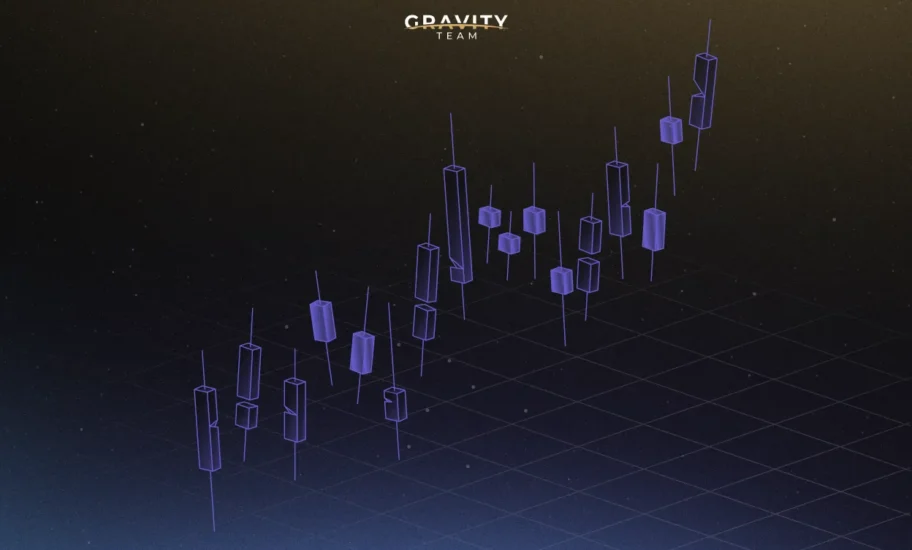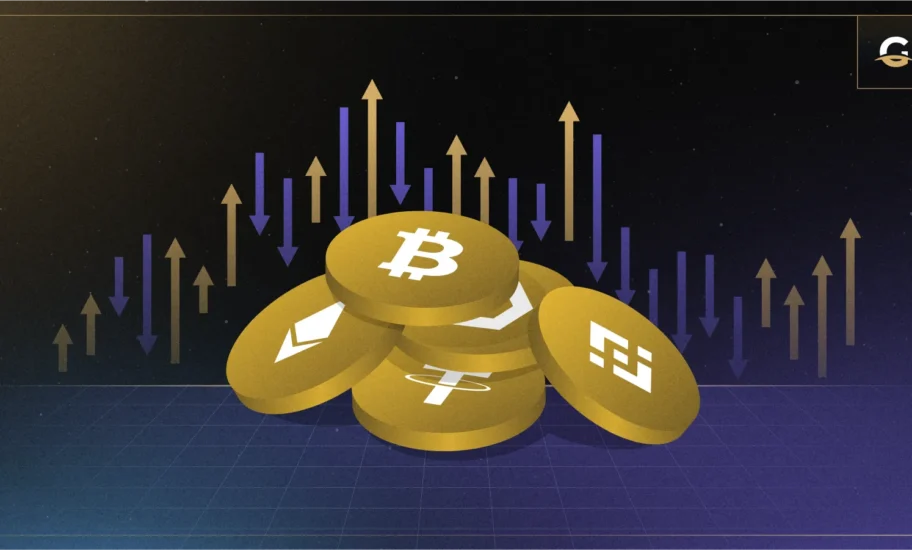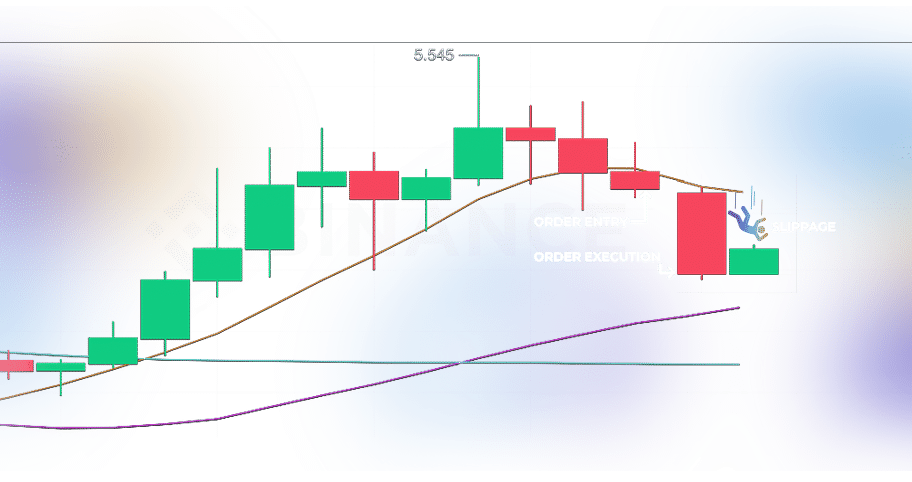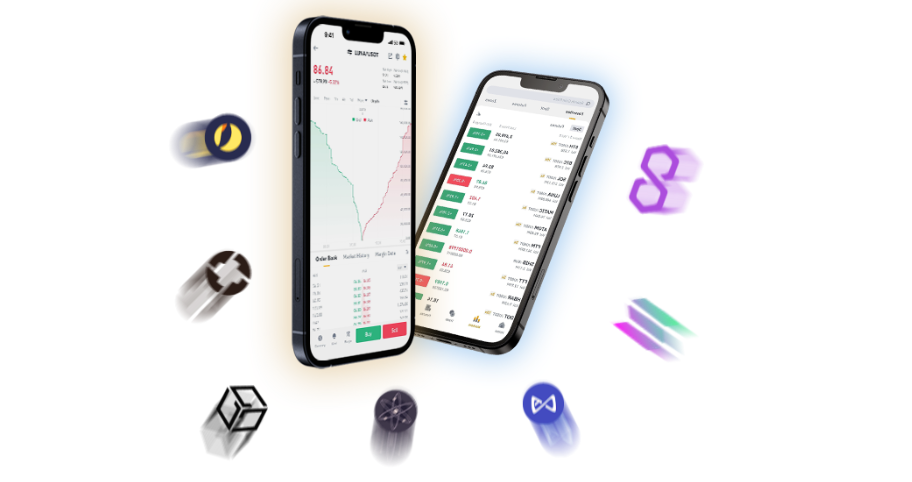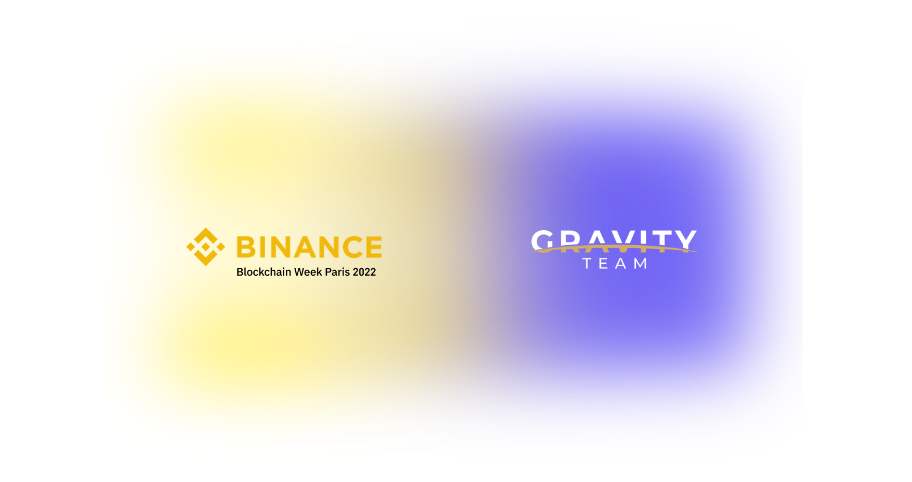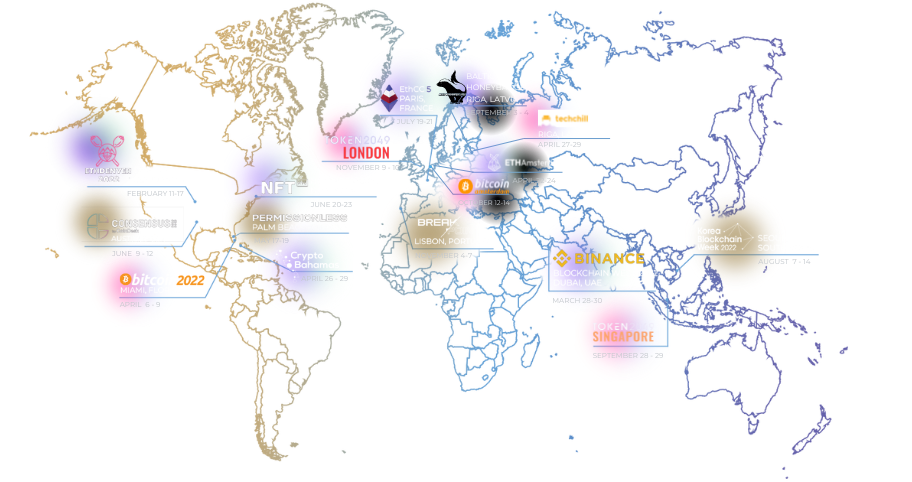
From Niche to Mainstream: OTC Powers Institutional Crypto
 6 minutes
6 minutes

Cryptocurrency trading has entered a new era where institutional investors dominate the market. Once a niche corner driven by retail enthusiasts and crypto-native “whales,” the landscape in 2025 shows that over 60% of crypto trading volume is now fueled by institutional flow. This marks a dramatic shift from just a few years ago, as traditional finance players, hedge funds, family offices and corporations have moved decisively into digital assets. On major exchanges alone, the institutional share of trading volume has nearly doubled in recent years (rising from about 26% in 2023 to roughly 42% by late 2025), reflecting an influx of big money and professional trading firms. This institutionalisation is not merely anecdotal; data bear it out: trading desks report that the majority of large transactions come from institutions rather than retail traders. Crypto markets, in turn, have evolved to accommodate this “big fish” presence, with deeper liquidity pools and more sophisticated instruments.
The era where crypto was a playground only for retail day-traders is over.
Drivers Behind the Shift to Mainstream
Why are institutions now at the forefront of crypto trading? Several converging trends explain this mainstream momentum. First, regulatory clarity has improved in key jurisdictions, reducing uncertainty. For example, the EU’s MiCA regulation and supportive policies in countries like Singapore and the UAE have provided a clearer framework for institutional participation. In the US, the approval of multiple spot Bitcoin and Ether ETFs in 2024 signalled legitimacy for digital assets, unlocking access via familiar investment vehicles. This led to record inflows. At one point, US Bitcoin ETFs even attracted more new money than gold ETFs, highlighting a surge of interest from asset managers. Second, the macroeconomic environment played a role. High inflation and low yields in traditional markets over recent years pushed institutions to seek alternative assets for better returns and diversification. Many now view Bitcoin and other cryptocurrencies as an inflation hedge or a form of “digital gold,” while seeing stablecoins as efficient tools for cash management and payments. In fact, stablecoins have emerged as a critical bridge between traditional finance and crypto. Stablecoin transaction volumes skyrocketed (more than doubling in 2024), even surpassing the volume processed by some major payment networks like Visa in terms of value moved. This underscores how vital dollar-pegged digital tokens have become for global transfers and liquidity, especially for institutions that demand price stability.
Another key driver is the expansion of crypto product offerings and infrastructure. By 2025, institutions can access a plethora of crypto-linked products beyond simple spot trading – from futures, options, and structured notes, to yield-bearing DeFi instruments. Traditional banks and fintech firms are catering to demand: for instance, major banks like JPMorgan, Goldman Sachs, and DBS have launched or expanded crypto trading services, including handling large OTC trades and even structuring crypto options for clients. In the first half of 2025, Singapore’s DBS Bank alone saw its clients execute over $1 billion in crypto options and structured products, as interest in sophisticated hedging and investment strategies grows. Such developments reflect a broader trend of crypto markets adopting the best practices of traditional finance, making it easier and safer for institutional players to dive in. The result of all these drivers is a virtuous cycle: as more institutions participate, liquidity deepens and volatility gradually tempers, which further attracts even more institutional money. By late 2024, the effect was palpable. Bitcoin pierced above the $100,000 milestone amid a wave of institutional buying, and post-election market sentiment in Q4 2024 saw OTC trading volumes jump 177% year-on-year, a record-breaking surge as institutional traders poured in.
OTC 2.0: Evolving Infrastructure for Institutional Needs
This sea change in market participants has ushered in what many are calling “OTC 2.0” the next generation of over-the-counter crypto trading infrastructure. In the early days, crypto OTC desks were relatively informal, operating via broker chats and manual order matching primarily for crypto insiders. Today, they have transformed into high-tech, institutional-grade operations. OTC 2.0 is defined by electronic trading platforms, integrated services, and scalability. Large OTC brokers and liquidity providers have invested heavily in technology to accommodate the influx of institutional orders. For example, specialised platforms offer one-stop portals where institutional clients can access multiple liquidity pools (exchanges, market makers and other OTC desks) through a single interface. These platforms provide smart order routing, algorithmic execution strategies, and even credit line arrangements, so that a fund can trade large blocks across venues seamlessly without exposing itself to undue counterparty risk.
2024 saw crypto’s OTC market volumes more than double, reflecting the new wave of institutional trading. Key metrics show a 106% year-on-year increase in OTC trading volume, fueled especially by a 147% surge in stablecoin-based transactions, while Bitcoin itself made up only 22% of OTC volumes (indicating significant activity in stablecoins and other assets). This highlights how the market’s centre of gravity has shifted toward facilitating large stablecoin trades and diverse crypto assets for institutions.
In this OTC 2.0 era, even traditional financial institutions are directly participating. Big banks and asset managers have set up or partnered with OTC desks to handle crypto flows. For instance, JPMorgan and Fidelity expanded their digital asset desks to execute multi-billion-dollar trades, employing advanced algorithms to minimise market impact. Such desks leverage AI-driven analytics for optimal execution, akin to how equity desks execute large stock block trades, thereby reducing slippage for their clients. We also see collaborations like Goldman Sachs teaming up with regional banks (e.g. Goldman’s recent interbank crypto options trade with DBS in Asia) to deepen the OTC liquidity network. These developments demonstrate that crypto trading infrastructure is maturing rapidly to mirror the robustness of traditional markets. Integrated custody and settlement solutions are now common as well: many OTC platforms provide built-in custodial services or connect to qualified custodians, which addresses a key institutional requirement (safe asset storage and regulatory compliance). Additionally, 24/7 risk management and compliance monitoring have become standard, since crypto markets never sleep and institutions demand institutional-grade risk controls. This all represents a quantum leap from the old days of OTC, hence the moniker “OTC 2.0”, signifying an upgraded, mainstream-ready infrastructure.
Global Reach and Emerging Market Momentum
Another hallmark of crypto’s journey from niche to mainstream is its truly global reach. Institutional crypto activity is rising on all continents, not just on Wall Street. In fact, emerging markets are playing a pivotal role in crypto’s institutional growth. Developing economies have long been leaders in retail crypto adoption, but now their enterprises and financial institutions are joining in. A prime example is Latin America, which recorded nearly $1.5 trillion in crypto transaction volume between 2022 and mid-2025, making it one of the fastest-growing regions. Much of this activity has an institutional character: Brazil, the region’s largest economy, saw its crypto market volume more than double, driven largely by large institutional transfers as banks and payment firms began using crypto rails.
Brazilian officials report that over 90% of Brazil’s crypto transaction flow is now tied to stablecoins, a staggering figure that reflects companies and investors using dollar-pegged crypto tokens for everything from cross-border trade to treasury management in an inflationary environment. This heavy stablecoin usage in emerging markets underscores how crypto is filling real-world financial needs (like remittances and hedging local currency risk) at an institutional level. It’s not just Latin America: regions such as the Middle East and Africa are also seeing growth in institutional crypto dealings, often centered around stablecoins and Bitcoin as alternatives to weak local banking systems or currencies.
In Asia, the trend is equally pronounced. Singapore and Hong Kong have positioned themselves as institutional crypto hubs by issuing new licenses for exchanges and OTC desks, attracting global firms. Meanwhile, major Asian banks and funds (in Japan, South Korea, Indonesia and beyond) have begun allocating to crypto or facilitating client trades. The result is that emerging market demand is now a significant contributor to global crypto liquidity. International exchanges and OTC providers have taken notice, many are expanding operations into regions like Southeast Asia, Latin America and the Middle East to service this clientele. (For instance, US exchange Gemini’s expansion into Brazil and other LATAM markets in 2025 brought in millions of new users, including institutional clients in those countries.) This geographic broadening of institutional flow means crypto markets are more globally interconnected than ever. It also means OTC desks must be adept at serving clients across different jurisdictions, currencies and regulatory regimes. We are witnessing a convergence of developed and emerging market activity, where a corporate treasurer in São Paulo or an asset manager in Dubai can execute large crypto transactions just as readily as a hedge fund in New York. The net effect is a more diversified and resilient market, as crypto adoption at the institutional level becomes a worldwide phenomenon rather than a US-centric or Europe-centric trend.
What It Means for OTC Desks
For OTC trading desks, the intermediaries handling large off-exchange trades, this institutional wave brings both opportunities and challenges. On the upside, trading volumes and revenues have surged for many OTC providers. When institutions want to buy or sell tens of millions in Bitcoin or allocate large sums into stablecoins, they often turn to OTC desks to avoid slippage on public exchanges. The doubling of OTC volumes in 2024 speaks to this demand. Desks that have upgraded their systems (embracing the OTC 2.0 model) are now able to facilitate trades of unprecedented size without roiling the market. A great example was seen in mid-2025, when an OTC desk reportedly absorbed an order of 80,000 BTC in one transfer, signalling that the liquidity and risk management capacity has grown immensely. This kind of execution simply wasn’t possible in the early days of crypto without causing major price swings. Now, with ample liquidity partners and smarter execution algorithms, OTC desks can handle such institutional flows smoothly, a clear win for their clients.
However, greater institutionalisation also means stiffer competition and higher expectations. Traditional financial brokers and big exchanges are entering the OTC brokerage space, drawn by the lucrative volumes. OTC desks now find themselves competing not just with crypto-native firms, but also with Wall Street institutions offering similar block trade services. This is pressuring OTC desks to tighten spreads and offer more value-added services to retain clients. Many are responding by expanding their offerings: we see OTC desks providing bespoke research, white-glove brokerage services, and even lending or yield products to become one-stop shops for institutional crypto needs. Compliance has become another differentiator; desks with strong regulatory compliance and transparency measures are more likely to win business from cautious institutional clients. In essence, OTC desks are professionalising: they’re obtaining licenses in multiple jurisdictions, undergoing audits, and implementing strict KYC/AML processes, which in turn makes institutions more comfortable trading large sums.
The rise of institutional flow also means OTC desks must operate at the pace of traditional markets. Corporate and institutional clients expect instant price quotes, deep liquidity at all hours and reliable settlement. This has pushed OTC providers to maintain 24/7 trading operations with global coverage. Some desks have formed alliances or used electronic communication networks (ECNs) to share liquidity, ensuring that a client’s large order can be matched quickly by tapping multiple sources. Overall, the mainstreaming of crypto trading is forcing OTC desks to evolve from niche boutiques into something resembling prime brokerage units in traditional finance. They now play a critical role in the crypto ecosystem’s infrastructure, connecting large capital to crypto opportunities. For the institutions, this means better access and execution; for the OTC industry, it means a need to scale and innovate continually. Those that adapt stand to thrive as key liquidity hubs in the new crypto economy, while those that don’t could be left behind in an increasingly competitive field.
Conclusion
Crypto’s journey “from niche to mainstream” is vividly illustrated by the fact that institutional players now drive well over half of all trading volume in the market. This transformation has implications at every level of the industry. OTC desks, in particular, have become linchpins of liquidity, enabling big moves behind the scenes that keep markets stable and liquid. The concept of OTC 2.0 captures how far these desks have come, from informal trades on Skype or Telegram to robust platforms handling billions with precision. Crypto trading is no longer the wild west; it’s becoming an integral part of the global financial system, complete with the participation of banks, hedge funds and fintech firms from New York to Nairobi.
In summary, institutional flow powering 60%+ of crypto trading is a testament to crypto’s acceptance as a mainstream asset class. It means the conversation has shifted from “Will institutions ever get into crypto?” to “How much further will they integrate digital assets into their portfolios and services?”. As we look ahead, the trends suggest even deeper institutional involvement, potentially reaching levels comparable to traditional asset classes. OTC desks will remain at the forefront of this evolution, bridging the gap between large investors and the fast-moving crypto markets. The desks that embrace innovation, foster trust and maintain agility will not only survive this new era but help define it. In the process, the once niche realm of crypto trading is poised to become a permanent, mainstream fixture of global finance.
Further Readings
- Finance Magnates: “Wall Street Crypto Fever Drives OTC Trading to Double in 2024” (Jan 2025). Key statistics on OTC volume growth (+106% YoY in 2024) and stablecoin surge, highlighting institutional adoption financemagnates.com.
- AInvest: “Institutional Crypto Liquidity Infrastructure: A New Era for OTC Trading” (Aug 2025). Notes that by 2025, over 60% of crypto trading volume is driven by institutional investors, with examples of major banks expanding OTC desks ainvest.com.
- CoinLaw: “Crypto Exchange Market Share Statistics 2025” (Oct 2025). Reports that institutional investors account for ~42% of exchange trading volume in 2025, up from 26% in 2023, reflecting the growing institutional presence on exchanges coinlaw.io.
- Reuters: “Brazil’s Galipolo sees surge in crypto use, says 90% of flow tied to stablecoins” (Feb 2025). Highlights the extreme dominance of stablecoin transactions in Brazil’s crypto flow, illustrating emerging market usage patterns reuters.com.
- Chainalysis: 2025 Geography of Cryptocurrency Report (Latin America excerpt). Provides data on LATAM’s $1.5 trillion crypto volume (Jul 2022–Jun 2025) and notes Brazil’s growth driven by large institutional transfers and 90% stablecoin usage chainalysis.com.
- Finance Magnates: (Altcoin and Stablecoin trends in OTC). Mentions that altcoins’ share of OTC volume doubled to 29% in 2024 and stablecoin transactions growth (147% YoY) underscored shifting market dynamics financemagnates.com.
Contact Us
We are always open to discussing new ideas. Do reach out if you are an exchange or a project looking for liquidity; an algorithmic trader or a software developer looking to improve the markets with us or just have a great idea you can’t wait to share with us!










